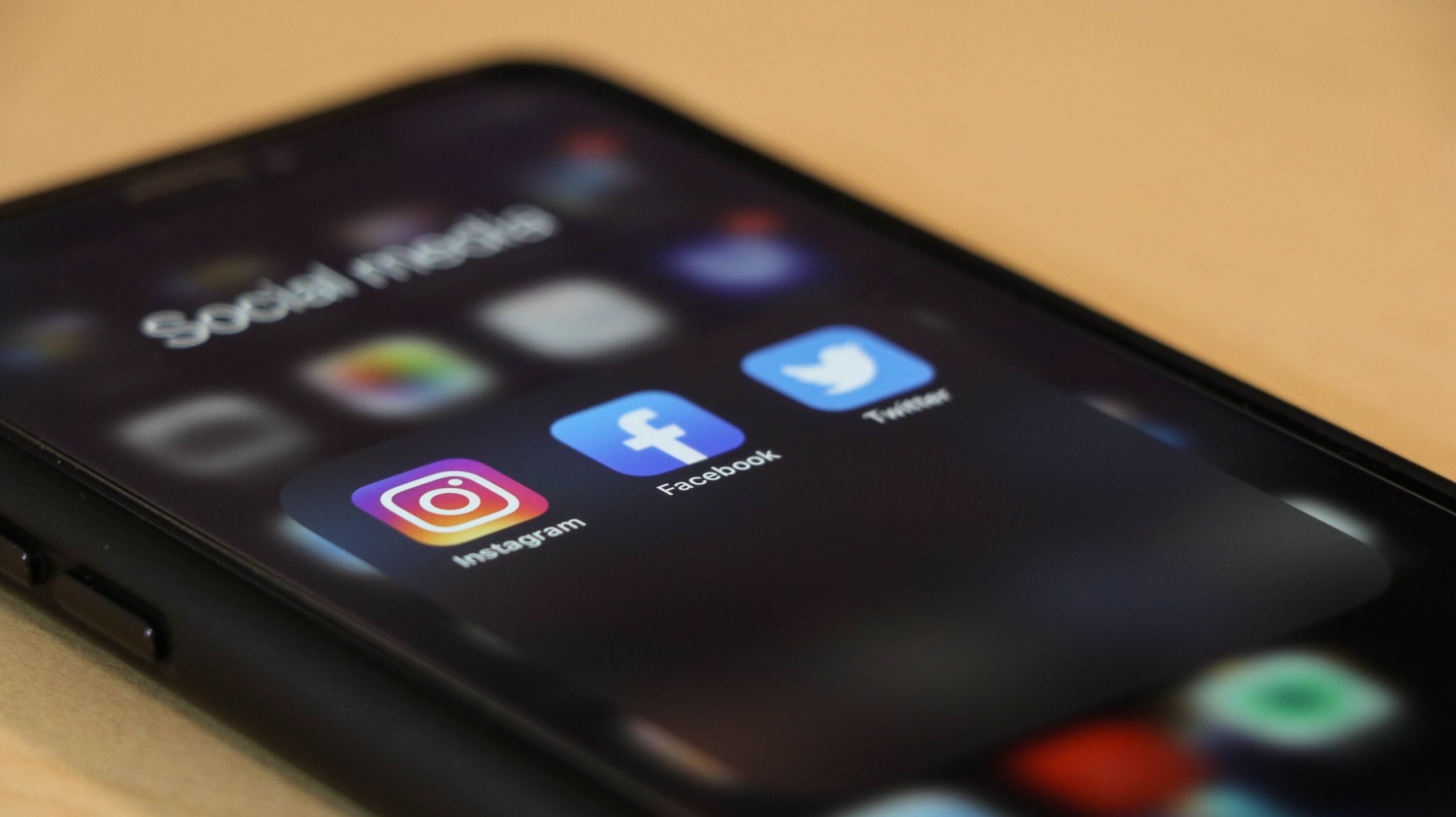Camille Francois, Chief Information Officer for Graphika and dis/misinformation disruptor, shared a hopeful observation in a recent discussion. “We don‘t often celebrate the fact that, yes, people are vulnerable to disinformation, but a lot of them are also actually quite good, including the younger generations.“
Though just one letter apart, understanding the contrasting motives behind dis- and misinformation will allow you to approach these forms of false information more comfortably. While disinformation is deliberately spread with the intent to deceive, misinformation is false information spread regardless of intent to mislead.
“Conspiracy theories, more often than not, are just large groups of people who genuinely believe in what they‘re spreading and who have real accounts,“ said Francois.
Who, then, are these well-intended misinformers? Contrary to popular opinion, there isn‘t one political party more prone to conspiratorial thinking – they flourish on both sides of the aisle.
A study led by Northeastern researchers found that Gateway Pundit, a political website known for publishing fake news, was the fourth most shared domain regarding COVID-19. This information source is only bested in this category by the New York Times, the Washington Post, and CNN.
During the George Floyd protests, footage of bricks near demonstrations went viral, many claiming police planted them to incite violence. This narrative was discredited, but thousands of social media users had already made up their minds by then.
How are millions of Americans believing misinformation when fact-checking is always at one’s fingertips? The explanation is far more nuanced than mass ignorance or laziness.
The power of social media in spreading fake news cannot be understated. A recent study found people who consume information via social media are more likely to believe misinformation.
Viral disinformation by design elicits anger and fear, compounding the stress we already feel in this pandemic. When we are in this emotional state, cortisol levels (stress hormones) can increase enough to activate an amygdala hijack, also known as fight or flight mode. This immediate overwhelm temporarily clouds our judgment and can lead to an impulsive decision to retweet a disturbing news story, only to later discover it was false.
In his excellent Psychology Today piece, Noam Shpancer’s presents several essential cognitive functions “underlying our perpetual penchant for purveying preposterous plots.“ To start, the brain is wired to want simplicity and avoid uncertainty. Once a belief becomes part of our identity, the brain seeks information that reinforces the preconception, called confirmation bias. This natural tendency helps explain why just 24% of MSNBC viewers and 13% of Fox News viewers tune into the other station for 10 or more minutes, according to a recent Inscape study. Our brains do not like substance that diverges from our worldview.
The beauty of the brain is its capacity to rewire. If you wish to tap into critical thinking more, fall down rabbit holes less, and prevent others from doing the same, read on.
Diversify your news sources. An excellent way to develop critical thinking is to seek information from different points of the political spectrum. Make a conscious effort to approach every article intending to understand, not judge. There will be seat-squirming, likely an expletive or two, perhaps even rashly shutting down the laptop. Whatever happens, stay the course. Remember, your brain likes simplicity. Anything that threatens its cushy lifestyle is going to get a lot of grief. Once you can recognize your discomfort for what it is—a neurological response to a trigger—leaving your comfort zone will be much easier.
Do your own fact–checking. While your Facebook feed is subject to misinformation, you can safeguard yourself by researching facts before digesting them. Camille Francois recommends First Draft, a website dedicated to disrupting disinformation. “That‘s a good place to start because they have a beginner‘s guide to verifying that a source is coming from where they say they are,“ said Francois. If you do come across fake news on social media, take the extra step to kindly inform the misinformed person in a private message with a link to the source that dispels it. Publicly shaming them is both an unfair way to handle it and can quickly escalate to a comment war.
Think before you share. If a news article or image appears too extreme or off, go with your gut and don‘t share. The simple act of doing nothing prevents the stream of disinformation from reaching your friends and family.
Help individuals spreading misinformation tap into logic. Knowing our brains are wired to fall for fake news, confront others with compassion. To help shift them, tap into critical thinking, remove judgment, and ask questions. Camille Francois also recommends providing tangible facts to counter misinformation. “If your relatives and your loved ones are sharing information that is probably untrue, it‘s important to go back to them and to say, ‘Look, the source that you‘re sharing this from has been rated as being very unreliable. The numbers in this article are from last year, and they‘re not the updated numbers.‘“
The next time you are perusing social media or your favorite news source, ask yourself if you are applying critical thinking or reinforcing your own biases. You‘ll be happier and healthier, putting in the extra effort to rewire those neural networks. Your brain will thank you for it. Our democracy will, too.






